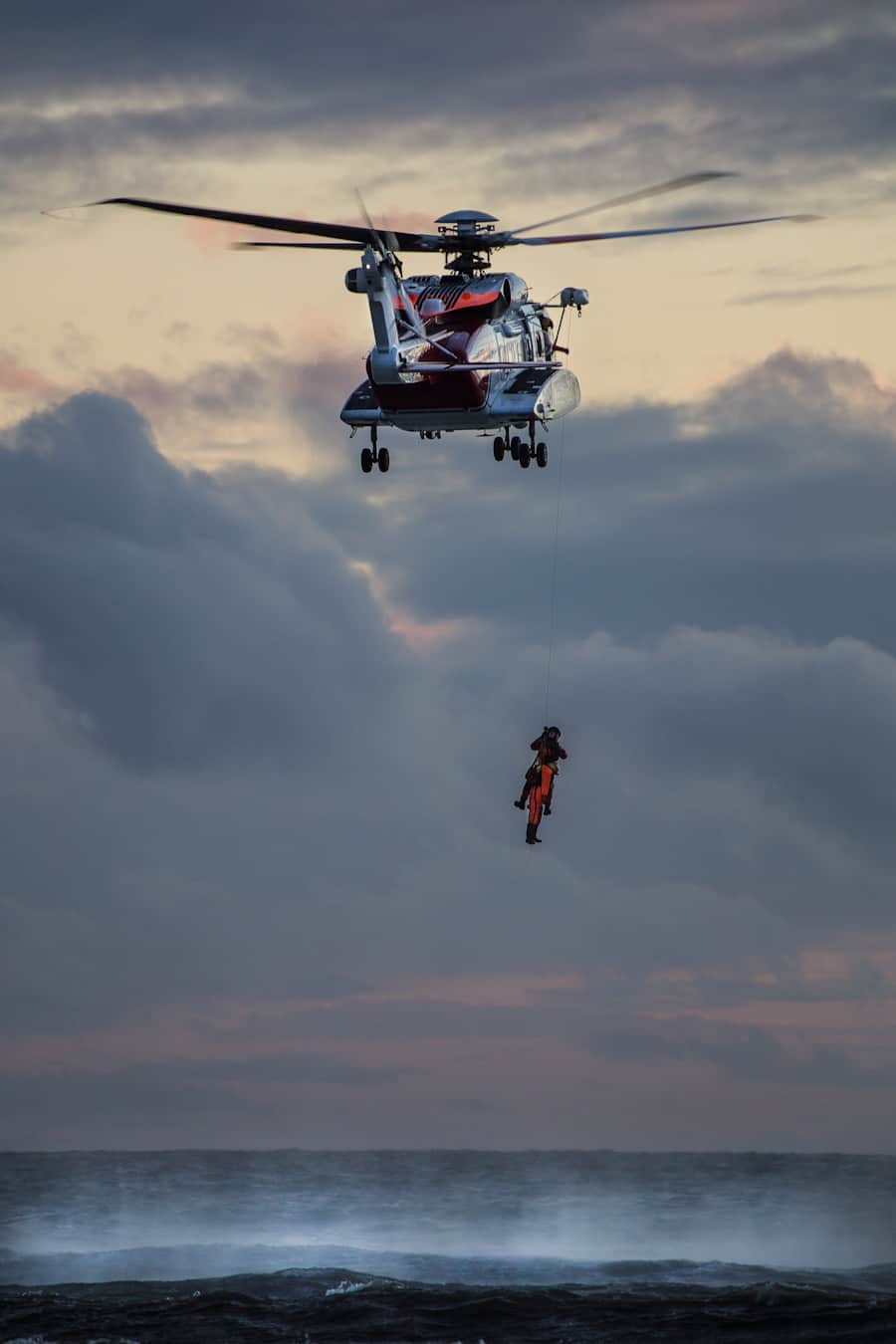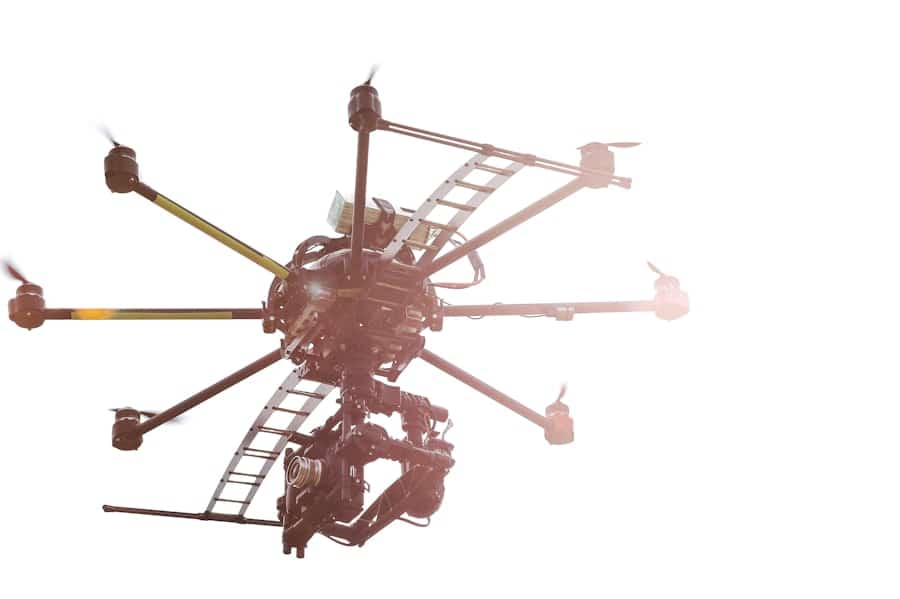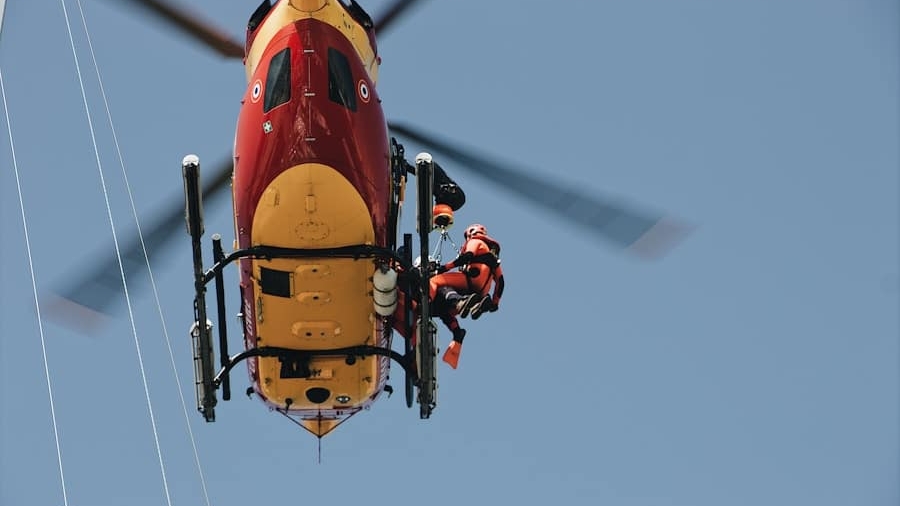Swarm robotics is an innovative field that draws inspiration from the collective behavior observed in nature, particularly among social insects like ants, bees, and termites. These organisms exhibit remarkable capabilities in performing complex tasks through simple individual actions, coordinated by local interactions. In swarm robotics, multiple autonomous robots work together to achieve a common goal, leveraging decentralized control and communication.
This approach allows for flexibility, scalability, and robustness, making swarm robotics a promising solution for various applications, including search and rescue operations. The concept of swarm robotics has gained traction in recent years due to advancements in artificial intelligence, machine learning, and sensor technology. Researchers and engineers are increasingly exploring how these robotic systems can mimic the efficiency and adaptability of natural swarms.
By employing algorithms that facilitate cooperation and coordination among robots, swarm robotics can tackle challenges that are difficult for single robots or traditional robotic systems. This article delves into the critical role of swarm robotics in enhancing coordinated rescue missions, highlighting its potential benefits, challenges, and real-world applications.
Key Takeaways
- Swarm robotics involves the coordination of multiple robots to work together towards a common goal, inspired by the collective behavior of social insects.
- Coordinated rescue missions require efficient communication and collaboration among multiple agents to navigate complex and dynamic environments.
- Swarm robotics can enhance coordinated rescue missions by enabling distributed sensing, mapping, and exploration of disaster areas.
- The advantages of using swarm robotics in rescue missions include increased coverage, adaptability to dynamic environments, and fault tolerance.
- Challenges and limitations of swarm robotics in rescue missions include communication constraints, scalability issues, and the need for robust coordination algorithms.
The Need for Coordinated Rescue Missions
Coordinated rescue missions are essential in emergency situations such as natural disasters, industrial accidents, or search-and-rescue operations. These scenarios often involve complex environments where human responders face significant risks and challenges. The need for rapid response and effective resource allocation is paramount, as lives may depend on timely interventions.
Traditional rescue operations often rely on a limited number of personnel and equipment, which can lead to inefficiencies and delays in critical situations. In many cases, the chaotic nature of disaster-stricken areas complicates the coordination of rescue efforts. For instance, during earthquakes or floods, the terrain may be unstable or hazardous, making it difficult for human rescuers to navigate safely.
Additionally, the sheer scale of such disasters can overwhelm available resources, necessitating a more efficient approach to search and rescue operations. Coordinated efforts that leverage technology can significantly enhance the effectiveness of these missions, ensuring that responders can locate and assist victims more quickly and safely.
How Swarm Robotics Can Enhance Coordinated Rescue Missions

Swarm robotics offers a transformative approach to coordinated rescue missions by enabling multiple robots to work together seamlessly. These robots can be deployed in large numbers to cover extensive areas quickly, allowing for a more thorough search process. By utilizing algorithms that facilitate communication and collaboration among robots, swarm systems can adapt to changing conditions in real-time.
For example, if one robot identifies a potential victim or hazard, it can relay this information to others in the swarm, allowing them to adjust their paths accordingly. Moreover, swarm robotics can operate in environments that are too dangerous or inaccessible for human rescuers. Drones equipped with cameras and sensors can fly over disaster zones to gather data and create maps of affected areas.
Ground-based robots can navigate through rubble or debris to locate survivors or deliver supplies. The ability of these robots to work autonomously while maintaining coordination with one another enhances the overall efficiency of rescue operations. This decentralized approach reduces the risk of single points of failure and allows for greater adaptability in dynamic environments.
Advantages of Using Swarm Robotics in Rescue Missions
The advantages of employing swarm robotics in rescue missions are manifold. One of the most significant benefits is scalability; as the size of the swarm increases, so does its ability to cover larger areas more effectively. This scalability is particularly crucial in large-scale disasters where time is of the essence.
A swarm of small drones or ground robots can be deployed simultaneously to search multiple locations, significantly reducing the time required to locate victims. Another advantage is the robustness of swarm systems. Unlike traditional robotic systems that may rely on a central controller, swarm robotics operates on decentralized principles.
This means that even if some robots fail or become inoperable due to environmental conditions or technical malfunctions, the remaining robots can continue functioning effectively. This resilience is vital in unpredictable disaster scenarios where conditions can change rapidly and without warning. Additionally, swarm robotics can enhance data collection and situational awareness during rescue missions.
Equipped with various sensors—such as thermal imaging cameras, gas detectors, or environmental sensors—these robots can gather critical information about the environment and the status of victims. This data can be analyzed in real-time to inform decision-making processes and optimize rescue strategies.
Challenges and Limitations of Swarm Robotics in Rescue Missions
Despite the numerous advantages of swarm robotics in rescue missions, several challenges and limitations must be addressed for successful implementation. One significant challenge is the complexity of coordinating large numbers of robots effectively. While decentralized control offers flexibility, it also requires sophisticated algorithms to ensure that robots can communicate and collaborate without interference or confusion.
Developing these algorithms is a complex task that requires extensive testing and validation. Another limitation is the technological constraints associated with current robotic systems. Many existing robots may have limited battery life, payload capacity, or sensor capabilities, which can hinder their effectiveness in demanding rescue scenarios.
For instance, drones may struggle with adverse weather conditions such as high winds or heavy rain, while ground robots may face difficulties navigating rough terrain or debris-laden environments. Addressing these technological limitations will be crucial for maximizing the potential of swarm robotics in real-world applications. Furthermore, ethical considerations surrounding the use of autonomous systems in rescue missions must be taken into account.
The deployment of robots raises questions about accountability and decision-making in life-and-death situations. Ensuring that these systems operate within ethical guidelines while maintaining effectiveness is a challenge that researchers and practitioners must navigate carefully.
Case Studies of Successful Coordinated Rescue Missions Using Swarm Robotics

Several case studies illustrate the successful application of swarm robotics in coordinated rescue missions. One notable example occurred during the aftermath of the 2015 earthquake in Nepal. Researchers deployed a swarm of drones equipped with cameras and sensors to survey the affected areas quickly.
The drones were able to create detailed maps of the destruction and identify potential locations where survivors might be trapped under rubble. This information was invaluable for directing human rescuers to high-priority areas. Another compelling case study took place during a simulated disaster response exercise conducted by the U.S.
Department of Defense. In this exercise, a swarm of small ground robots was used to navigate through a mock disaster zone filled with obstacles and hazards. The robots successfully collaborated to locate simulated victims while avoiding dangers such as simulated fires and unstable structures.
The exercise demonstrated how swarm robotics could enhance situational awareness and improve response times during actual emergencies. Additionally, researchers at Harvard University have developed a swarm of soft robots capable of working together to navigate complex environments. These soft robots can squeeze through tight spaces and adapt their shapes to overcome obstacles.
In tests simulating search-and-rescue scenarios, these robots demonstrated their ability to locate hidden objects while maintaining coordination with one another—showcasing their potential for real-world applications.
Future Developments and Potential of Swarm Robotics in Rescue Missions
The future of swarm robotics in rescue missions holds immense potential as technology continues to advance. Ongoing research focuses on improving communication protocols among robots to enhance their ability to work together effectively. Innovations in artificial intelligence will likely lead to more sophisticated algorithms that enable swarms to adapt dynamically to changing environments and tasks.
Moreover, advancements in sensor technology will enhance the capabilities of individual robots within a swarm.
This data could be used not only for immediate response efforts but also for long-term recovery planning by providing insights into damage assessment and resource allocation.
Collaboration between researchers, industry stakeholders, and emergency response organizations will be crucial for realizing the full potential of swarm robotics in rescue missions.
The Impact of Swarm Robotics on Coordinated Rescue Missions
Swarm robotics represents a paradigm shift in how coordinated rescue missions can be conducted in emergency situations. By harnessing the power of multiple autonomous robots working collaboratively, responders can enhance their efficiency and effectiveness in locating victims and delivering aid during crises. While challenges remain regarding coordination complexity and technological limitations, ongoing research and development efforts are paving the way for innovative solutions that will shape the future of rescue operations.
As we continue to explore the capabilities of swarm robotics, it is clear that this technology has the potential to revolutionize emergency response strategies across various domains. The integration of swarm robotics into coordinated rescue missions not only promises improved outcomes but also highlights the importance of interdisciplinary collaboration in addressing complex societal challenges.
In a related article discussing the future of technology, The Best Tech Products of 2023 highlights the innovative advancements that are shaping the way we interact with the world around us. This article explores cutting-edge technologies that are revolutionizing various industries, including robotics. As we delve deeper into the potential applications of swarm robotics, such as in coordinated rescue missions, it is crucial to stay informed about the latest tech products that are driving these advancements forward.
FAQs
What is swarm robotics?
Swarm robotics is a field of robotics that involves the coordination of large numbers of simple robots to accomplish tasks collectively. These robots communicate with each other and work together to achieve a common goal.
What are coordinated rescue missions?
Coordinated rescue missions involve the organized effort to locate and rescue individuals in emergency situations such as natural disasters, building collapses, or other hazardous environments.
How can swarm robotics be used in coordinated rescue missions?
Swarm robotics can be used in coordinated rescue missions to search for survivors in hard-to-reach or dangerous areas. The robots can work together to cover a larger area, communicate with each other to share information, and collaborate to perform tasks such as lifting debris or providing medical assistance.
What are the advantages of using swarm robotics in coordinated rescue missions?
Using swarm robotics in coordinated rescue missions can provide several advantages, including increased efficiency in searching and rescuing survivors, the ability to access areas that may be too dangerous for human rescuers, and the potential to minimize the risk to human rescuers by delegating certain tasks to the robots.
What are some challenges of using swarm robotics in coordinated rescue missions?
Challenges of using swarm robotics in coordinated rescue missions may include the need for robust communication and coordination among the robots, ensuring the reliability and durability of the robots in harsh environments, and addressing ethical and safety concerns related to the interaction between robots and human survivors.

